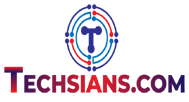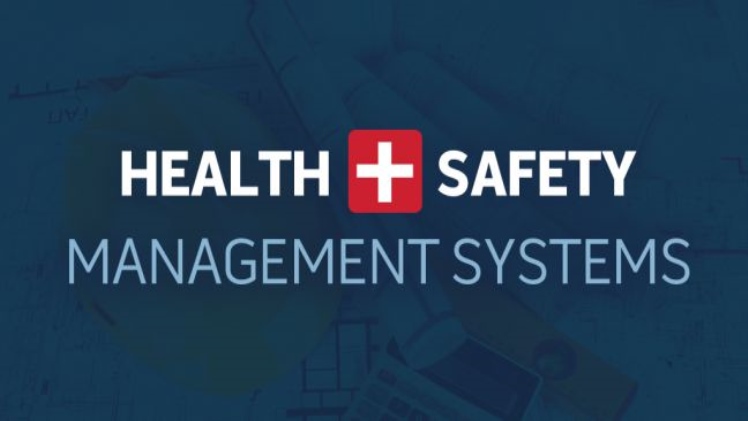Danger, panic and serious injuries are the last things you want in or around your workplace. The costs of a major accident can be enormous. Insurance premiums go up, public relations suffer and after it all, if you’re not really careful, you could end up in trouble. Not what any responsible business wants to contemplate. Having a safety system in place should help prevent workplace accidents from happening, but how can you be sure that it really does? Today’s post discusses what goes into creating an effective safety management system so that you can be sure that your company is protected from harm
At a glance, it might seem relatively simple to put together a safety management system. However, a lot goes into creating a successful Workplace Health and Safety (WHS) compliant program.
The Australian standard, AS/NZS ISO 45001:2018 provides guidelines for creating a safety management system (SMS) in the workplace. For those unfamiliar with the term, a SMS is meant to be a comprehensive approach to managing worker safety according to the latest WHS standards and regulations for preventing workplace injuries. A safety management system may include items like a safety policy statement and detailed instructions for how workers should safely perform all aspects of their jobs.
Safety Management Systems are the foundation for a workplace that is proactive instead of reactive. This is especially true when it comes to preventing accidents and incidents as opposed to mitigating them after they happen.
The goal of a Safety Management System is to develop procedures, resources, and training plans that will help ensure that your team members can work alongside each other without any fear of personal harm or injury.
7 major components of a Safety Management System
Any SMS, be it that of a product or service provider, or that of the regulator is centered on achieving acceptable levels of safety. Typically, the following 7 elements contribute to creating a safety management system.
- Safety Policy
The safety policy covers the steps taken, methods, practices followed, and safety requirements established that governs how decisions on matters that could impact the safety of the workplace are considered. It should affirm leadership commitment to meet the organization’s safety goals.
The policy would include:
- Defined health and safety targets
- Methods, processes, and organizational framework required to achieve safety goals
- Roles and accountabilities of management and employees
- A reporting and resolution system for the workplace
- Management framework
- Procedural requirements
- Performance monitoring and management
- WHS monitoring and review
- Protocol for Implementation
- Policy for licenses and permits
- Compliance guidelines
- Document and record control guidelines
- Communication and consultation
Communication and consultation are vital in order to keep all parties involved up to date with activities within their assigned workplace. A safety management system’s communication management strategy provides all parties involved with everything from incident management to training, planning and evaluation; all while minimizing the risk of any one incident escalating into a larger incident with more severe consequences.
Within the safety risk management system, the following strategies would be defined:
- Creation and appointment of safety and health committees
- Meetings – schedules and framework
- Safety awareness
- Onboarding and inductions
- Safety Risk Management
The key objective of safety risk management is to determine whether/to what degree new or revised risk control measures are necessary and whether they are appropriate based on the nature of the underlying risk.
The 3 core areas of safety risk management within a SRM are:
- Hazard Identification – Methodology for identifying workplace hazards. And by whom.
- Risk Assessment – Safety risk would be measured for severity and occurrence before they are prioritized.
- Risk Control – Measures implemented to bring about an acceptable level of risk based on hierarchy of risk control.
- Emergency management
In spite of the best safety plans and programs, chances are a workplace would be faced with safety and health emergencies at some point. SMS provides an easy way to be prepared and respond as well as helps reduce workload for those who would be making decisions in an emergency situation. There are three main components to the emergency management in safety management system:
- Emergency response plan– outline of steps that should be taken in the event of a safety emergency situation in the workplace. This includes alarm systems, evacuation plan, egress management, emergency reporting etc.
- First Aid management – the set of practices followed to provide immediate care to patients in the workplace. It includes medical treatment and directing follow-up to ensure the best outcome for the affected person(s). Plus the assigning roles and responsibilities to that effect. As with resources, tools, training needed.
- Crisis Management/Business continuity – how the business would be kept functional following an emergency.
- Incident investigation
In the event of an accident, how should the person on the scene conduct themselves? This is what incident investigation focuses on. The SMS covers the actions of workers and officials who are called to deal with serious accidents. As part of a workplace safety management system, this includes:
- Incident reporting – The activity of reporting incidents in the workplace is a core expectation in the workplace. Whether it’s a dangerous substance leaking into a building or a fight amongst workers, incident reporting is an activity that requires expertise. SMS is designed to make it easier to capture incidents – via transcripts, reports, pictures and video, as well as understand the procedures that need to be followed next. Also, this would include a procedure to alert management and regulators following an incident.
- Investigation tools – the processes and tools that would help investigators understand the cause of an accident and culpability if any.
- Corrective action management – the process of using lessons learnt from an incident to improve safety and prevent further occurrence.
- Safety Assurance, Monitoring and Evaluation
In a bid to ensure safety standards are met and surpassed, a safety management system would include an ongoing system to monitor and evaluate the performance of safety risk controls. It also would help in identification of emerging hazards. A safety audit is therefore a must. The SMA would determine when and how it would be carried out.
- Safety Promotion
Activities to encourage safety consciousness and positive disposition towards safety matters.
Examples of safety promotion activities in a typical Safety Management System include:
- Safety training and education
- Safety awareness and enlightenment
- Rewarding positive behavior and competence
- Advocating for positive safety culture in the organization
- Sharing safety lessons.
- Systems of work
Systems are the backbone for many of the plans on how to keep a workplace safe. They provide the systematic approach in which the safety management enterprise ensures safety at all workplace levels, systematically attaining visibility of hazards and potential dangers at all locations by virtue of effective processes in place and adherence to accepted best practice. Generally, contained within a SMS are:
- Safe Work Method Statement
- Standard Operating Procedure
- Safe Work Instructions
- Job safety analysis (JSA)
- Contractor management.

